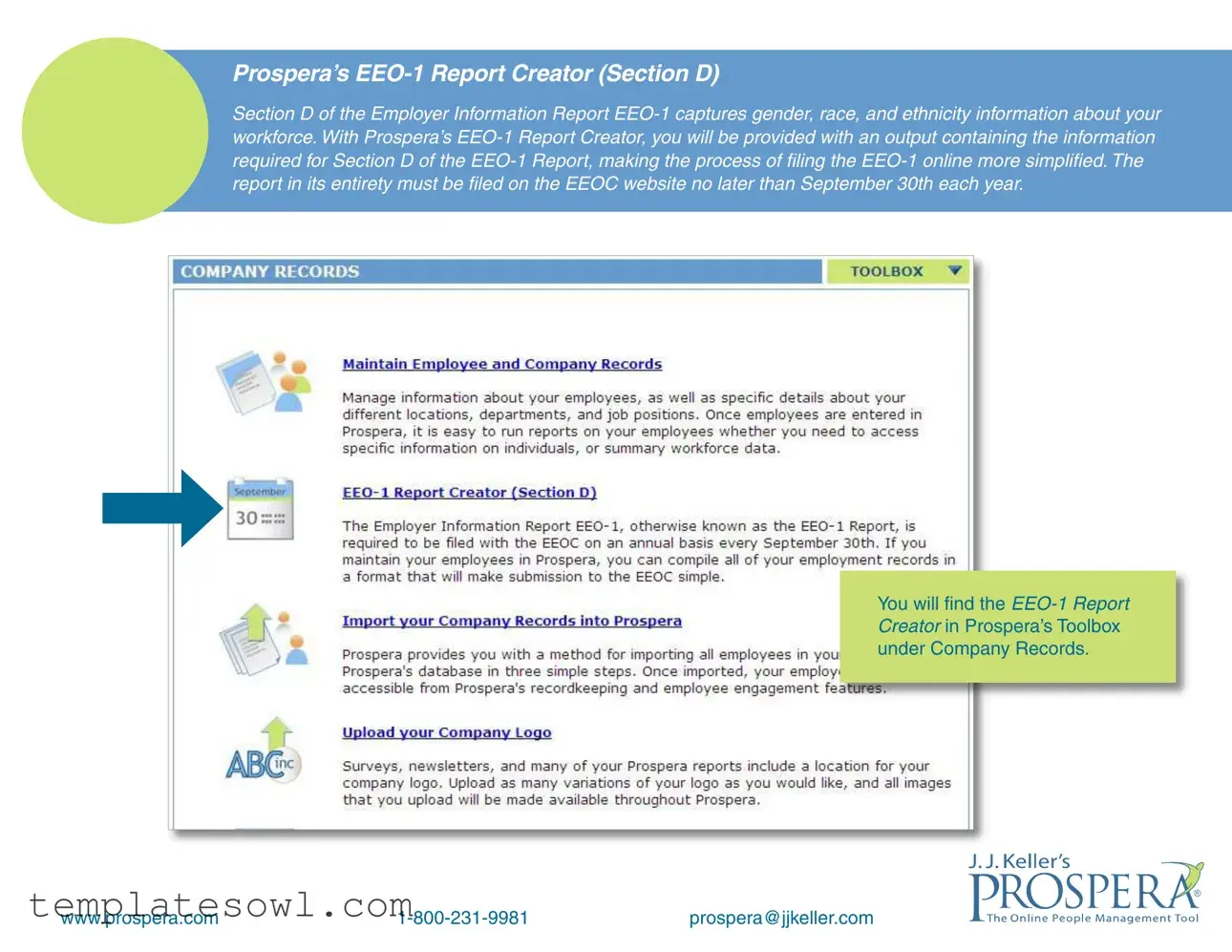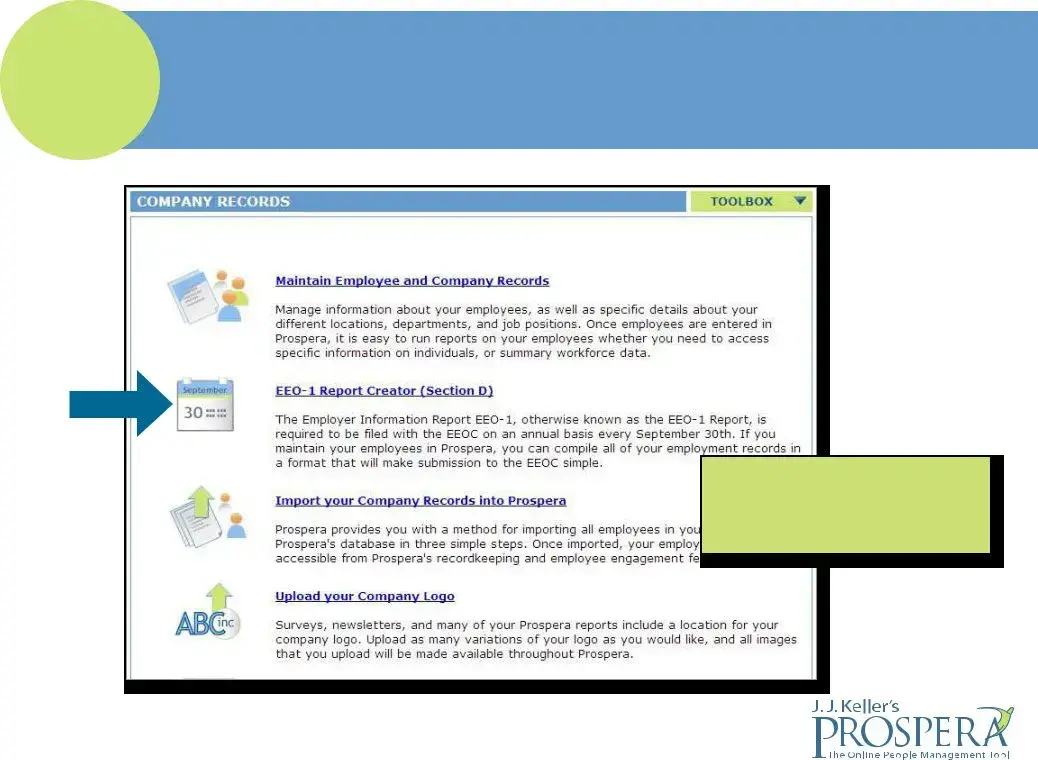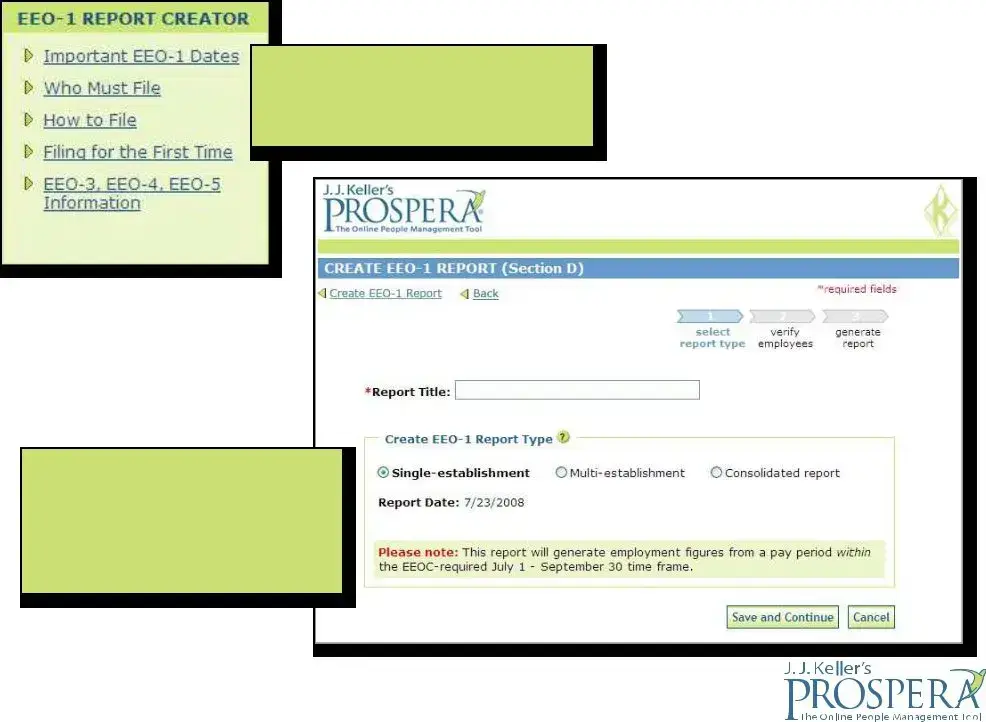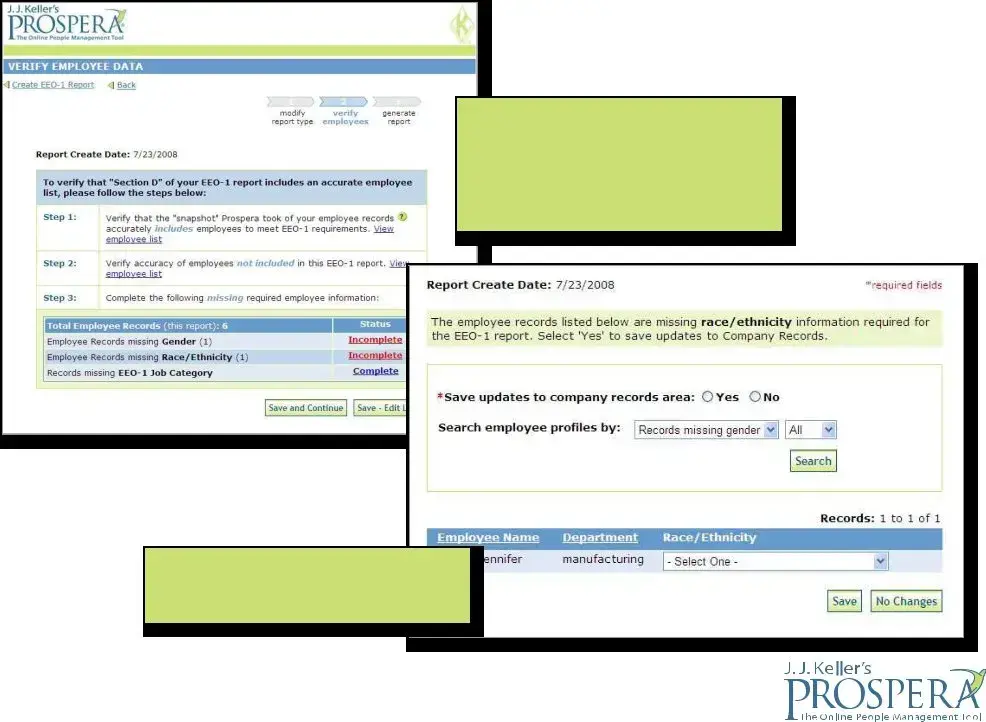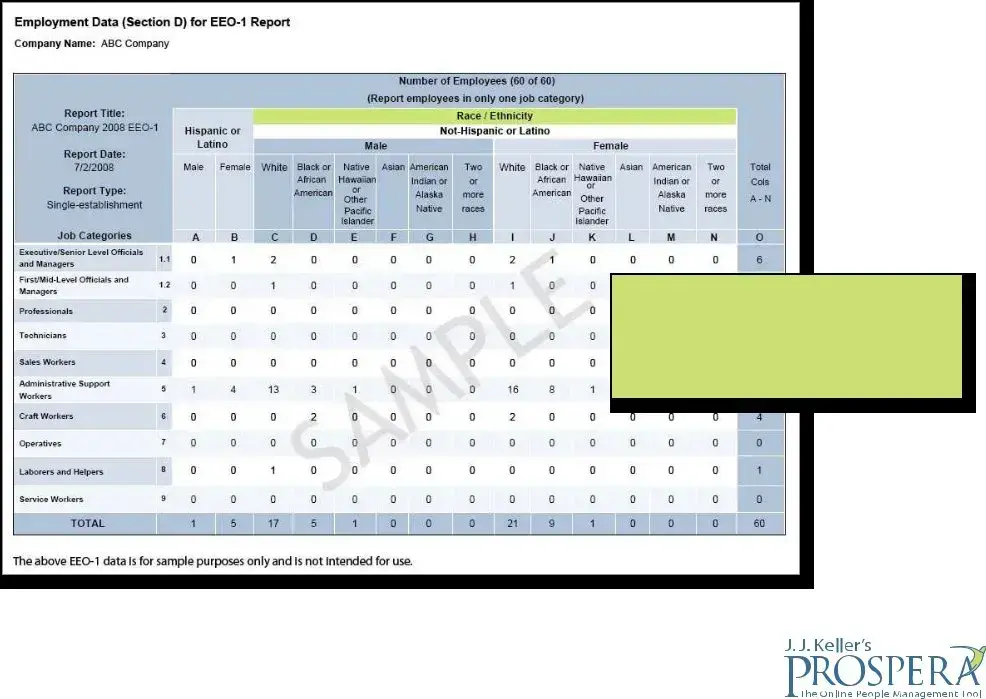What is the EEO-1 form?
The EEO-1 form is a compliance survey mandated by the Equal Employment Opportunity Commission (EEOC). Employers with 100 or more employees, as well as certain federal contractors, must submit this report. It collects data on the racial, ethnic, and gender diversity of a company's workforce, helping to monitor employment discrimination and promote equal opportunity in hiring practices.
When is the EEO-1 form due?
The EEO-1 report must be filed annually by September 30th. It is essential to keep this deadline in mind to avoid potential penalties. Failing to meet the deadline can have repercussions for employers, including fines or increased scrutiny from regulatory bodies.
Who needs to file the EEO-1 form?
Companies with 100 or more employees and certain federal contractors must file the EEO-1 form. Even if an employer does not meet the 100-employee threshold, they may still be required to file if they have federal contracts exceeding a specified amount. It’s crucial for organizations to check their obligations.
How can Prospera’s EEO-1 Report Creator assist in the filing process?
Prospera’s EEO-1 Report Creator simplifies the filing process. It guides you through each step, starting from entering a report title to determining which report type is appropriate. The tool helps you gather and verify the necessary data, alerting you to any missing information along the way. This ensures a streamlined filing experience.
What types of information does Section D of the EEO-1 form collect?
Section D gathers information related to the gender, race, and ethnicity of your workforce. This section is crucial for understanding the diversity within your organization. The data helps businesses analyze their workforce demographics and identify areas for improvement concerning equal employment opportunities.
What happens if my report has missing information?
If your EEO-1 report has missing information, Prospera's tool will alert you. This feature allows for quick corrections, ensuring that you complete your report accurately. The platform offers assistance in filling in any gaps, making it easier to submit a comprehensive report to the EEOC.
How does the EEO-1 report impact my business?
The EEO-1 report helps businesses understand their diversity metrics, which is increasingly important in today’s workplace. By maintaining accurate records and submitting the EEO-1 report, companies can showcase their commitment to equality and inclusion. This practice also helps avoid potential legal issues associated with discrimination.
Is there a cost associated with using Prospera's EEO-1 Report Creator?
Prospera offers a free 30-day trial of their EEO-1 Report Creator. This allows you to explore the tool and its features without any initial investment. After the trial period, review pricing options to determine what best fits your business needs.
Where can I access Prospera's EEO-1 Report Creator?
You can find the EEO-1 Report Creator in Prospera’s Toolbox under Company Records. For further assistance, the organization provides a contact line and an email for support. Ensuring easy access means you can tackle your EEO-1 filing with confidence.
